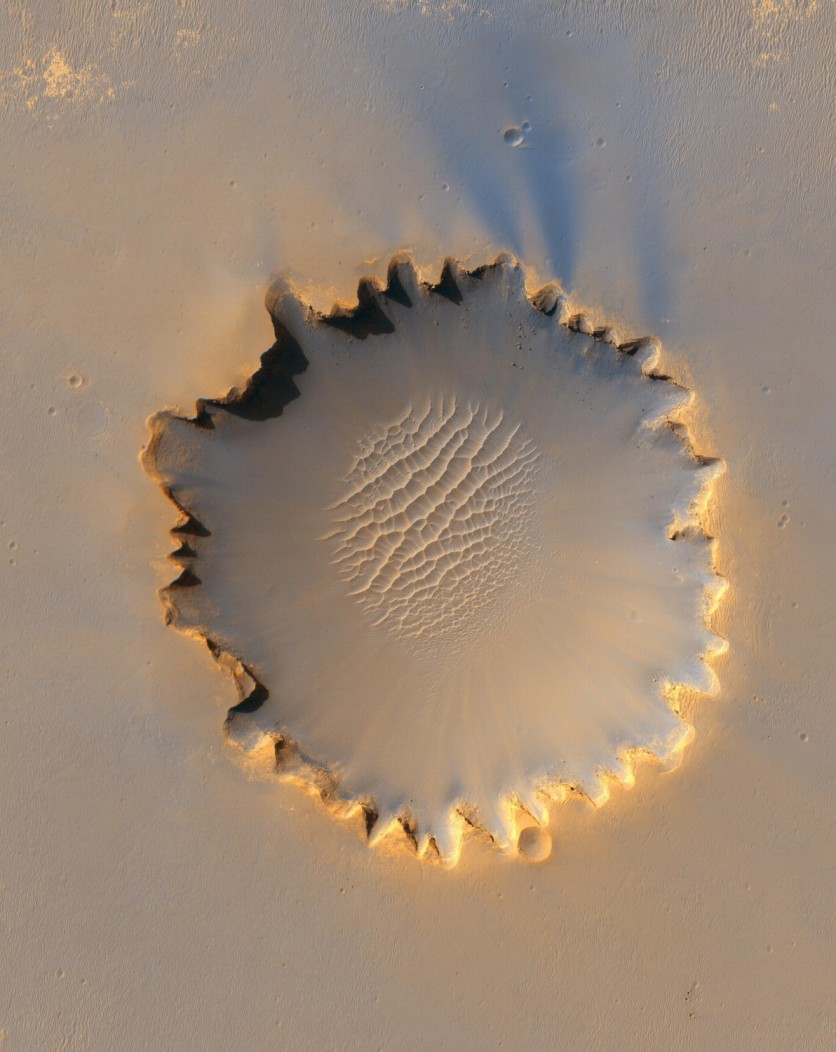Is there life on Mars?
A recently released series of topographic maps could potentially bring this question to rest as it offers fresh evidence that Mars formerly had a northern ocean.

Most Compelling Evidence
According to a press release by Penn State University, the maps present the most compelling evidence that the planet's current harsh, frozen surface is not what it formerly looked like and that sea levels rose over an extended period of warm, humid weather.
Benjamin Cardenas, assistant professor of geosciences at Penn State and the study's primary author, explained that there had been a long and ongoing debate in the scientific community on whether Mars had an ocean in its low-elevation northern hemisphere.
The research team was able to present proof of a 3.5 billion-year-old shoreline with sedimentary buildup, at least 900 meters thick, covering hundreds of thousands of square kilometers using topographical data.
The researchers mapped data from NASA and the Mars Orbiter Laser Altimeter using software created by the United States Geological Survey.
They found approximately 6,500 kilometers of fluvial ridges and organized them into 20 systems to demonstrate that the ridges could be the remains of an old Martian coastline that has eroded into river deltas or submarine channel belts.
The team was able to understand the evolution of the area's paleogeography by using elements of rock formations, such as ridge-system thicknesses, altitudes, positions, and potential sedimentary flow directions.
Cardenas noted that the region, once an ocean, is now known as Aeolis Dorsa, which houses the densest concentration of fluvial ridges on Mars.
Evidence of Life
Cardenas emphasized that the stratigraphic records of Earth's changing temperature and life can be found in the old sedimentary basins. He said that the ocean that last covered Aeolis Dorsa would be the most sensible place to start if researchers want to find evidence of life on Mars
"A major goal for the Mars Curiosity rover missions is to look for signs of life," Cardenas noted.
"It's always been looking for water, for traces of habitable life. This is the biggest one yet. It's a giant body of water, fed by sediments coming from the highlands, presumably carrying nutrients. If there were tides on ancient Mars, they would have been here, gently bringing in and out water. This is exactly the type of place where ancient Martian life could have evolved."
Cardenas and his associates have identified what they believe to be additional prehistoric streams on Mars. The Curiosity rover may have encountered sedimentary strata from old river bars at several outcrops, according to a study that will appear in the Journal of Sedimentary Research.
A model of basin erosion similar to that on Mars is examined in different research published in Nature Geoscience that uses acoustic imaging technology to view the stratigraphy beneath the seafloor of the Gulf of Mexico.
The scientists concluded that the fluvial ridges, which are widespread on Mars, are likely to be old river deposits that eroded from huge basins like Aeolis Dorsa.
This article is owned by Tech Times
Written by Jace Dela Cruz
ⓒ 2025 TECHTIMES.com All rights reserved. Do not reproduce without permission.




